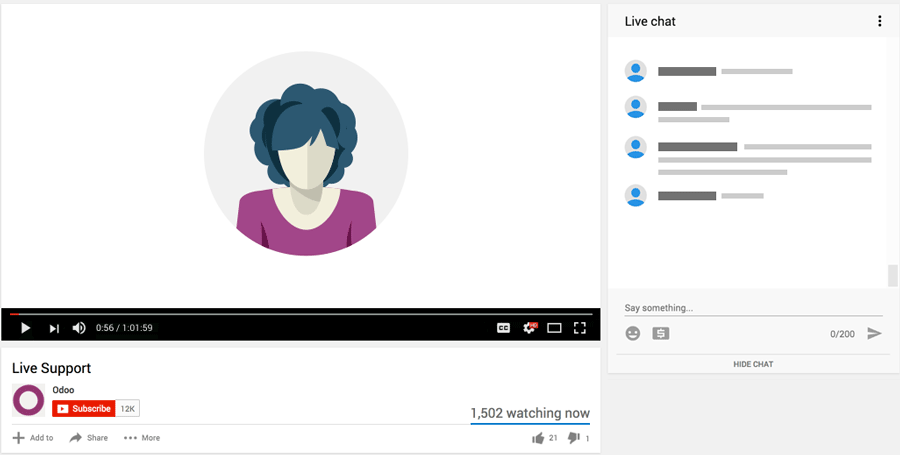Hi guys.
Preamble:
- I have read a great deal of the documentation.
- I have read the Community vs Enterprise comparison page and read a bunch of discussions on the topic.
- I have 17 and 18 installed on prem in a vm.
- I have familiarized my self with Odoo from the user side by configuring it to a reasonable degree.
- I have familiarized my self with Odoo from the sysadmin perspective by configuring it from scratch.
- I have read up a bit on creating new modules and programming for Odoo.
- I have tried the cloud demo.
- I have looked at buying a monthly enterprise license for on prem but this is not allowed and Odoo requires me to buy a full years subscription. This leaves me without any way to really test and compare.
Question: Is the community edition considered a "subset" of the enterprise edition or is it considered a "completely separate project / codebase"?
I have run into the description that "the community edition is completely separate from the enterprise edition" but that doesn't look quite right and seems like an oversimplification. To me it looks like the community on prem edition is a subset codebase and just purchasing the enterprise on prem license will downlaod+install the missing modules. Is that the correct understanding?
Any insights and guidance is appreciated.


Oh I see. I greatly appreciate the detailed explanation. That helps tremendously.
Thank you.
Test Odoo Enterprise for 15 days at odoo.com/trial